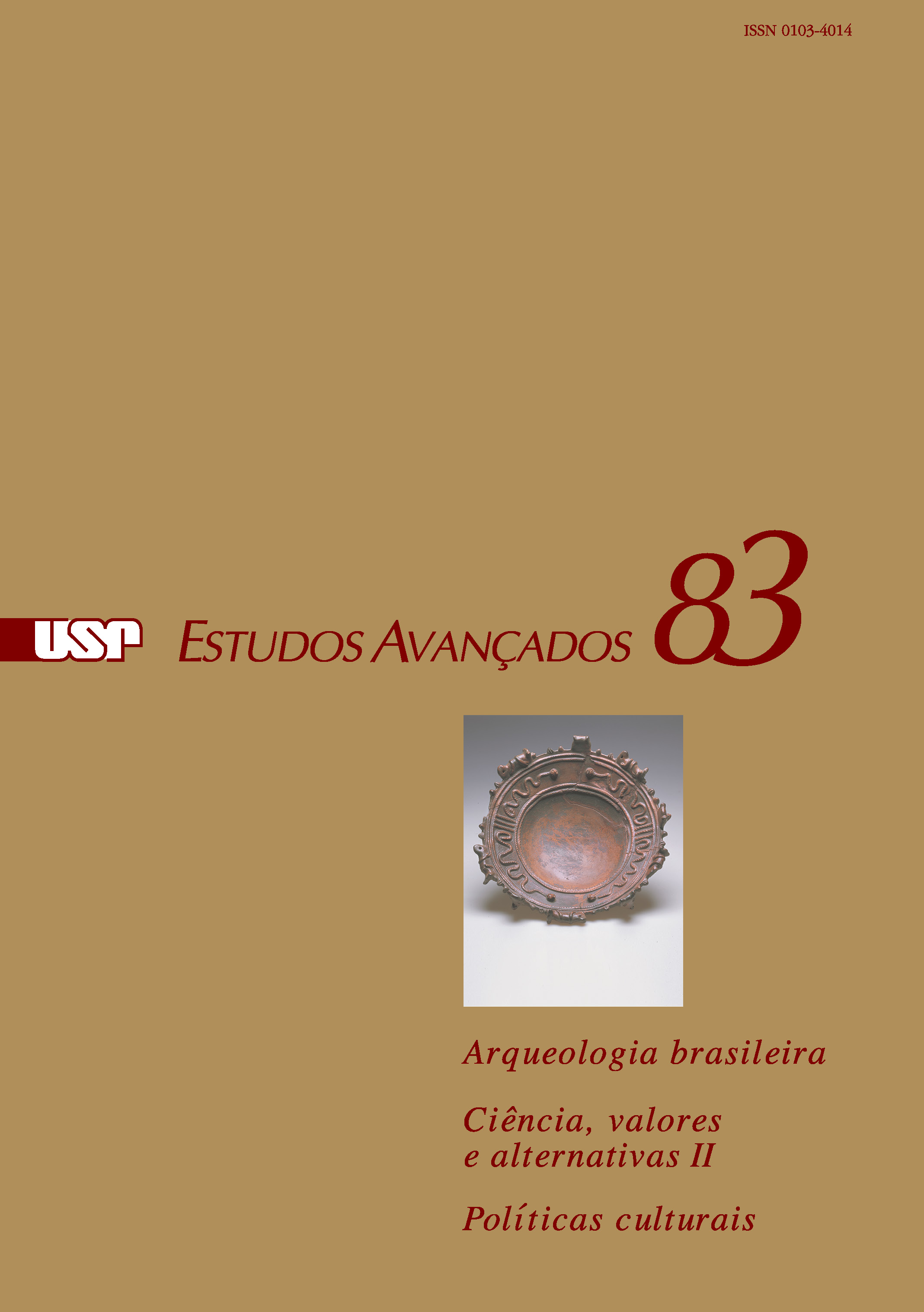Povoamento inicial da América do Sul: contribuições do contexto brasileiro
Abstract
The initial colonization of South American Lowlands was not a homogeneous process, neither in chronological, nor in spatial or cultural terms, and different regions were not occupied simultaneously and under the same dynamic. In chronological terms the available data are indicating to an occupation for different regions during Terminal Pleistocene and Early Holocene, showing dates that were ancient or t least contempoaneous to Clovis Horizon in North America. Between 12,000 and 8,000 14C yrs BP, Eastern South American lowlands was occupied by a stable population of hunter-gatherers characterized by diversified adaptative strategies to the processes of Holocenic landscape transformation. In this paper we present an hypothesis arguing that this context could be better understood if we conceive that the peopling process of lowland South America have incorporated that valley of principal Rivers as routes to the continental inland. Our intention is to highlight the brazilian archaeological context potential to build and test hypothesis that could contribute to the discussion about peopling process of South America.Downloads
Download data is not yet available.
Downloads
Published
2015-04-01
Issue
Section
Aspectos da Arqueologia Brasileira
License
Estudos Avançados não celebra contrato de cessão de direitos autorais com seus colaboradores, razão pela qual não detém os direitos autorais dos artigos publicados. Os interessados em reproduzir artigos publicados na revista devem necessariamente obter o consentimento do autor e atribuir devidamente os créditos ao periódico.
How to Cite
Bueno, L., & Dias, A. (2015). Povoamento inicial da América do Sul: contribuições do contexto brasileiro . Estudos Avançados, 29(83), 119-147. https://journals.usp.br/eav/article/view/105060


